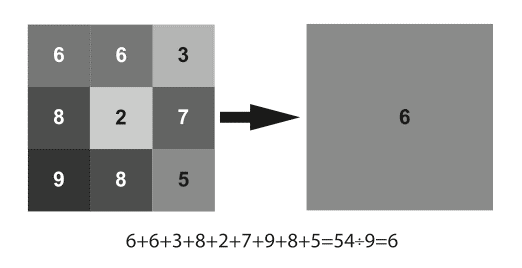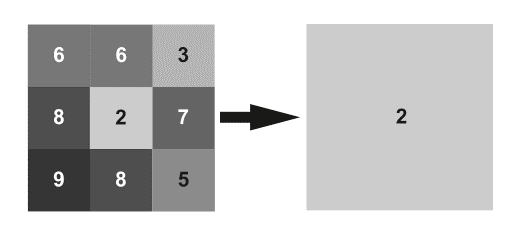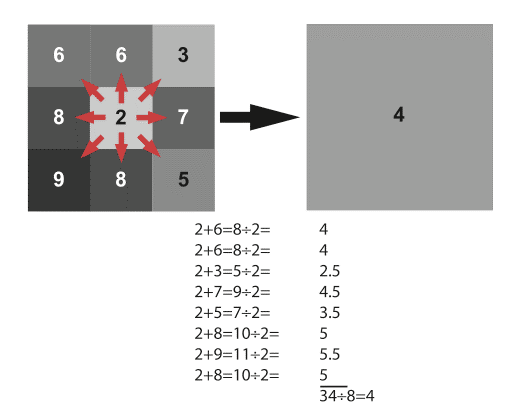- February 18, 2020
- Brad Selbst, Sales Vice President
Since there’s so much you can do with PDF software, such as inserting images into your document, including interactive forms, embedding videos and audio files, and applying encryption, you may create a file that’s too large to email. If you’re facing this stumbling block, here are a few ways to decrease PDF document size by using a PDF Editor.
Use the “Save As” command in your desktop software
Every time you use the “Save” command in software programs such as Microsoft Word, Excel, or PowerPoint, the result is often a larger file. That’s because software programs like these append changes you made to your file instead of replacing them. One quick fix is to use the “Save As” command to overwrite the entire file, eliminating amassed changes.
Use PDF Editor software like Foxit PhantomPDF to create your PDF documents
Foxit PhantomPDF offers easy ways to create PDF documents and manage their file size. You can choose File > Reduce File Size, allowing the software to do all the work for you. That gives you the fastest result but the least options. If you need more control than that, turn to PDF Optimizer.
Use the PDF Optimizer to control what gets reduced
Foxit PhantomPDF offers a feature called PDF Optimizer. With this feature, you can compress images, remove data redundancy of PDF objects, and update your PDFs. Here’s how to use it:
- Choose File > PDF Optimizer.
- Set the properties in the PDF Optimizer dialogue box.
- Click Audit space usage to see how big the current PDF file is and determine which items you need to optimize.
Which elements can you optimize?
You’ll find file size decreases by changing these elements:
- Fonts – since PDF software embeds fonts into the file, anyone on any computer or device with a PDF reader can view your file with the fonts you specified. Unfortunately, adding all of these fonts to the finished file can make it larger. The optimizer allows you to select which fonts you wish to embed, leaving out those that aren’t used. To do so, choose Unembed Fonts to remove embedded fonts.
- Images – like any other file, images tend to add to overall file PDF size. You can find out quickly if this is an issue in your file by checking the option “Optimize images only if there is a reduction in size.” If you set this option, the images will not be optimized when there are no reductions. If file size will be reduced, however, you have the ability to set the settings for color/grayscale and monochrome images. Color/grayscale will give you more detail in the image, however, it will be larger than monochrome (aka, black-and-white). You can also select from downsampling, subsampling and bicubic downsampling to make them smaller.
What is rescaling and what do the options mean?
Rescaling creates a new version of an image with a different size. Increasing the size of the image is called upsampling, while reducing the size of an image is called downsampling. Here are the options PhantomPDF gives you and what they do:
- Downsampling. Downsampling averages pixels within a sample area. The average pixel value is then assigned to the entire pixel area.

- Subsampling. Subsampling chooses the center pixel value within a sample area, then assigns it to the entire sample area. It’s the fastest of the three methods but gives you the lowest quality. You should only use it for things like charts.

- Bicubic Downsampling. Bicubic downsampling uses a weighted average within a given area to determine pixel value. With this type of downsampling, all pixels are compared and averaged to the center pixel. The new pixel is an average of these neighboring pixels. It takes the longest to process but yields the best results.
Choose the downsampling method you want from the options or choose the Off item to turn off the option.
- Discard objects – selecting this option will remove any unnecessary object settings.
- Discard user data – this allows you to select any user related data that you want to remove.
- For Clean Up, check the Cleanup settings you want to optimize the document.
- Click OK button and save the optimized PDF file.
Using PDF software to create documents provides you with ways to ensure you give people the ability to read, share and work with the finished document. And that’s the goal, after all. So if file size is stopping you from sharing your PDF file, now you’ve got ways to keep things moving.


I just got a new computer. When creating new hire files on the old computer they were always around 5 mb to 8mb. When creating new hire files on the new computer, with the exact number of pages and pictures, they are 25 to 30mb. Our IT department said this does not have anything to do with the new computer. Could it be a setting in Foxit? I am at a loss! And can’t upload new hire files like normal because they all say the are over 25mb which is the max size that can be uploaded in program.
Thank you,
Hi DD,
Please contact our support to get assistance with your request. You can submit a ticket via our Support Portal or call 1-866-693-6948.
Have a nice day!